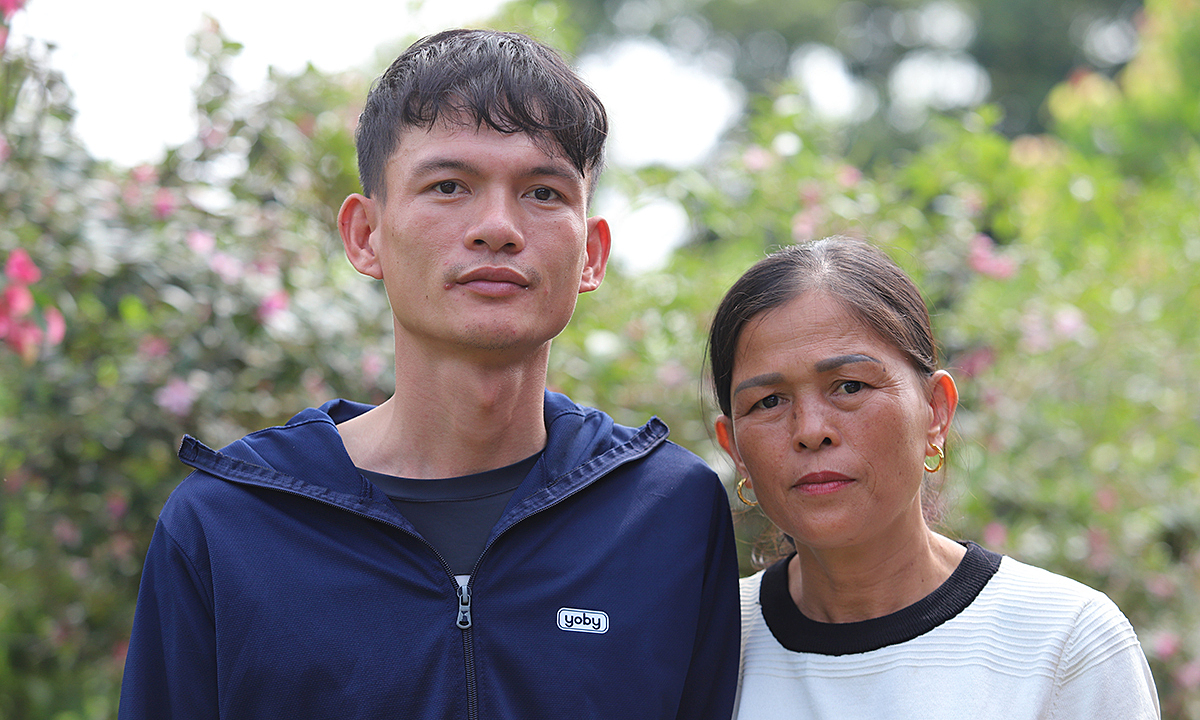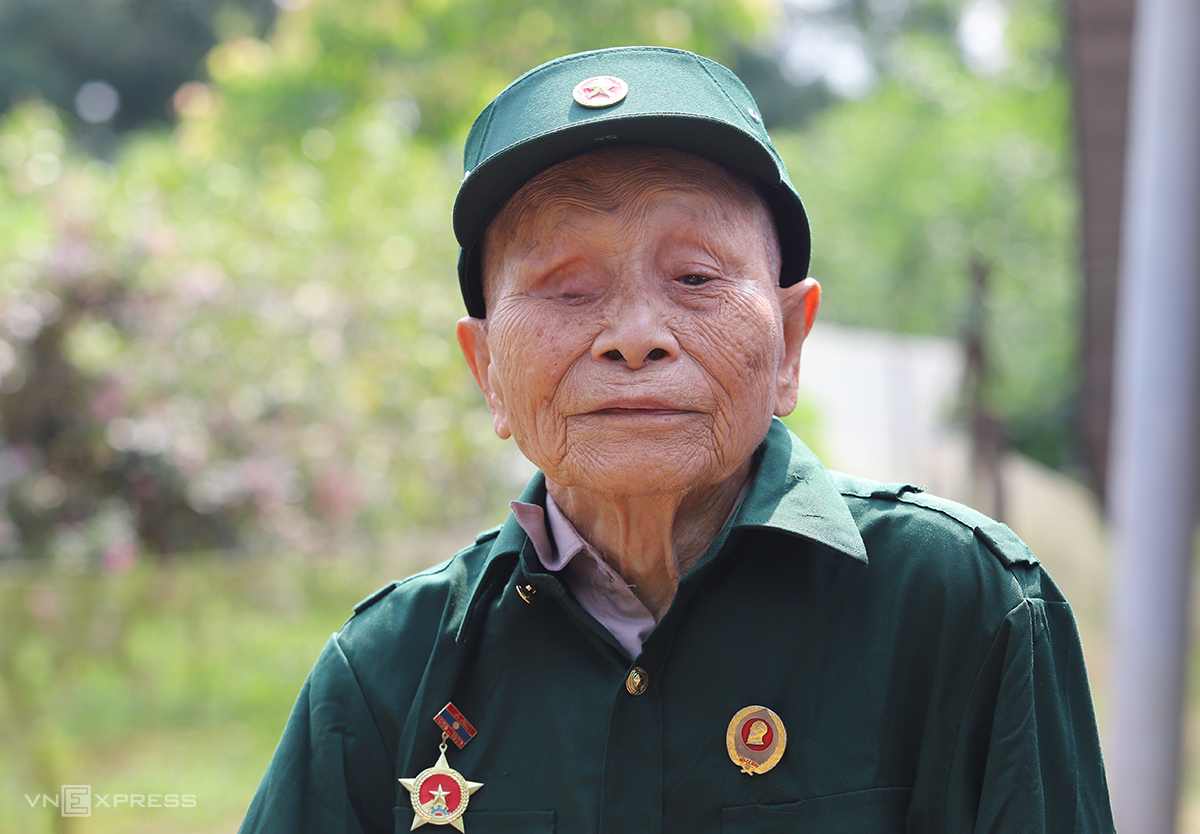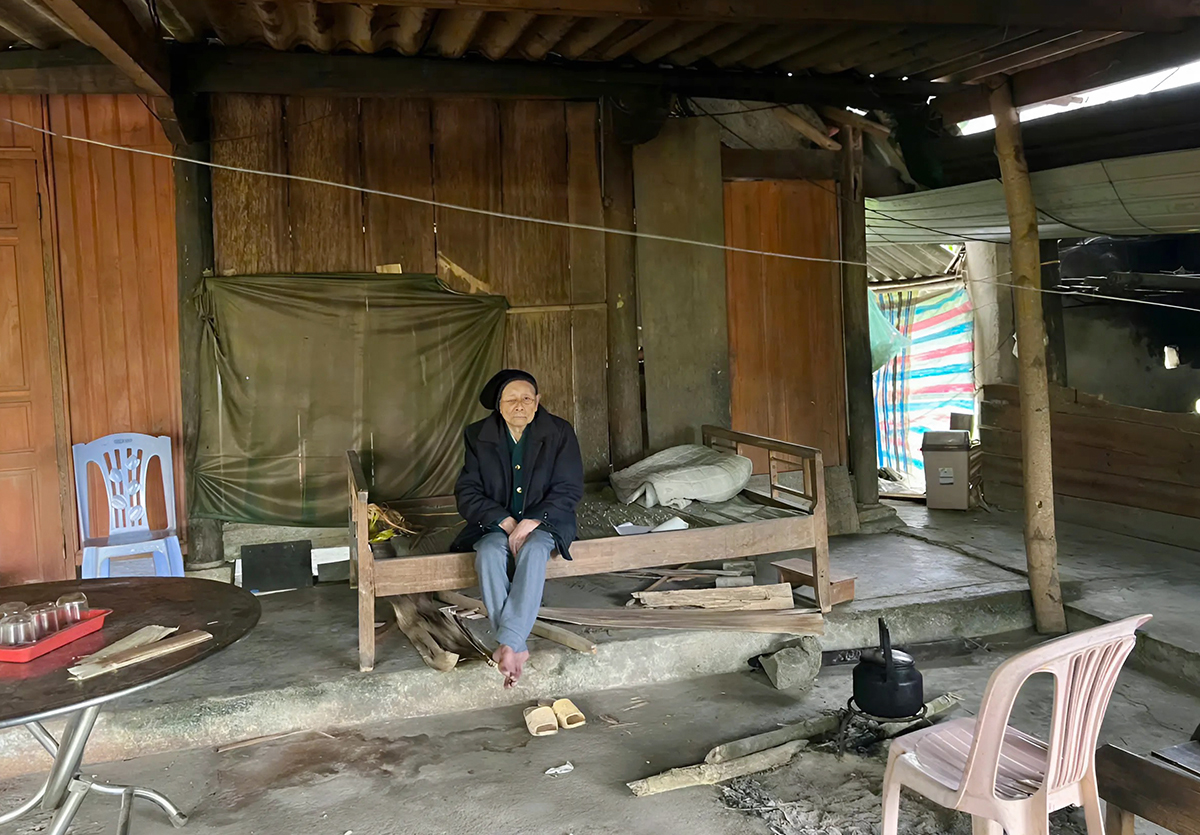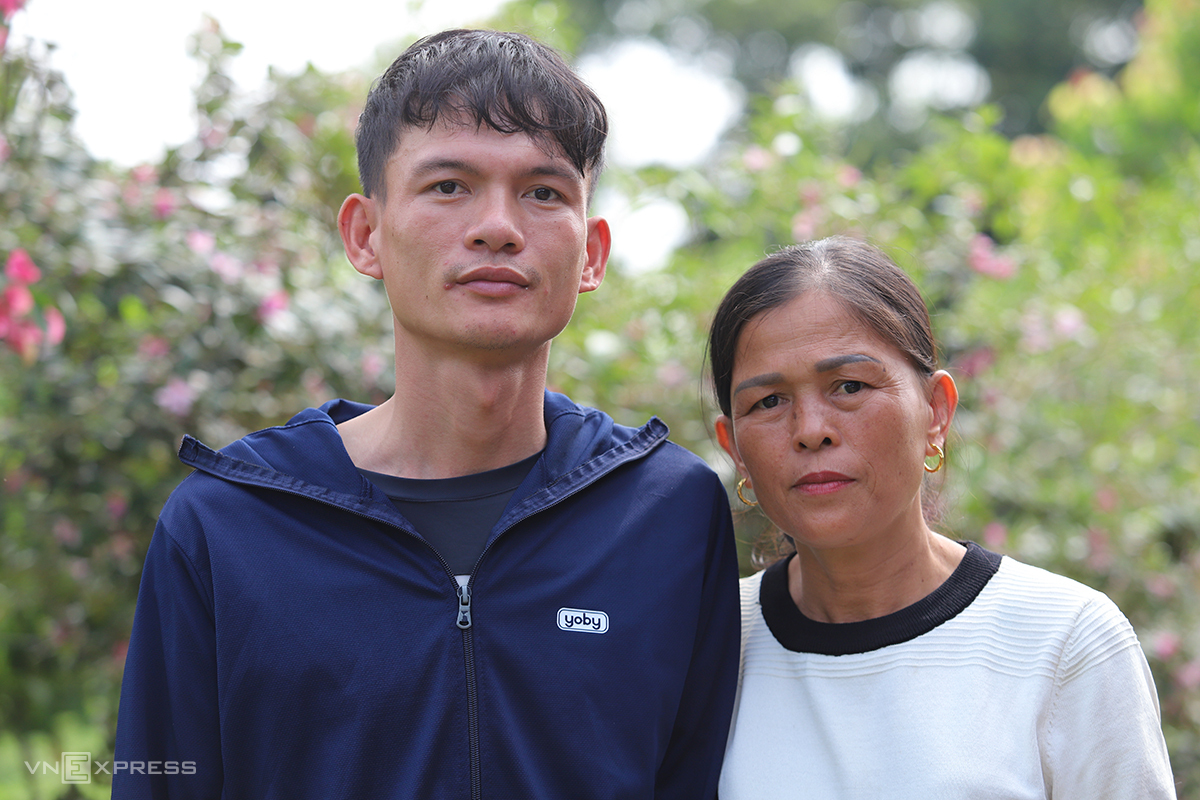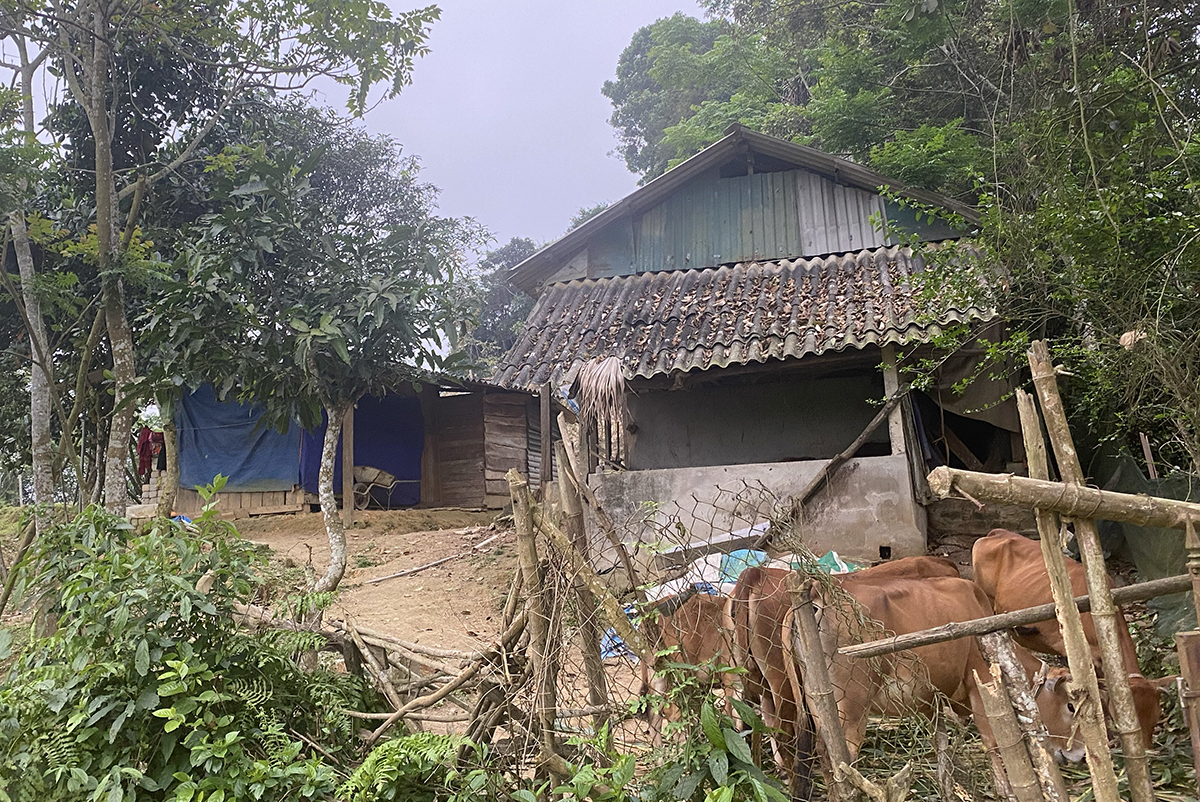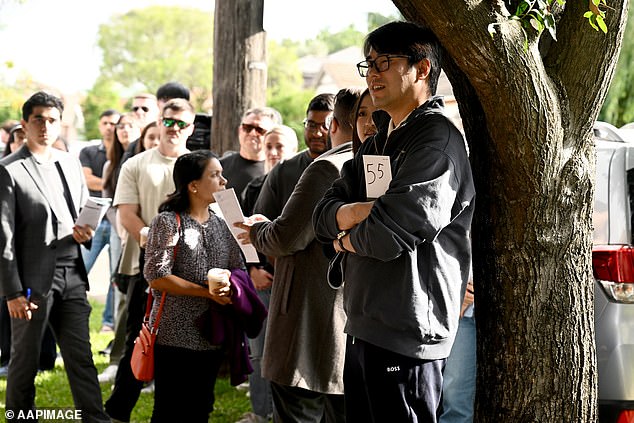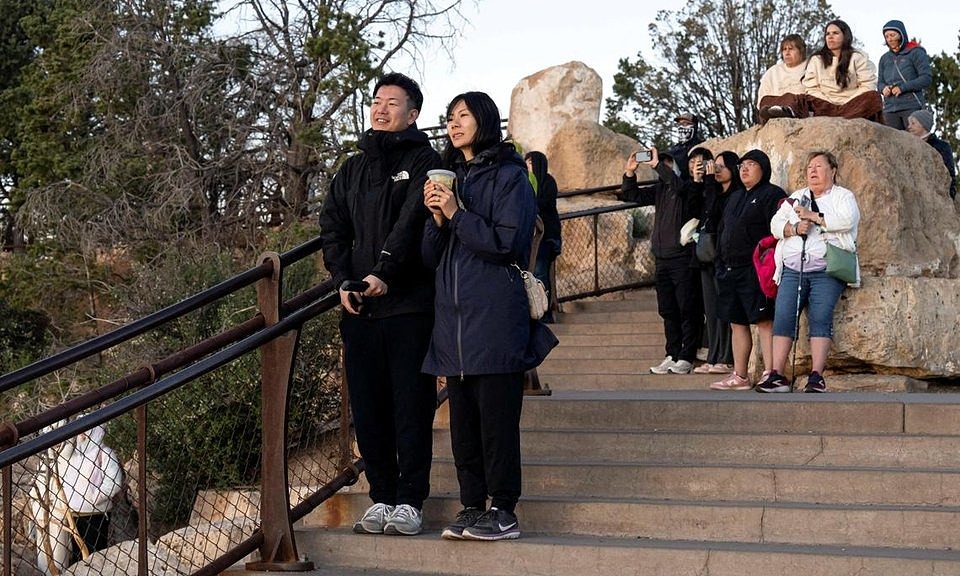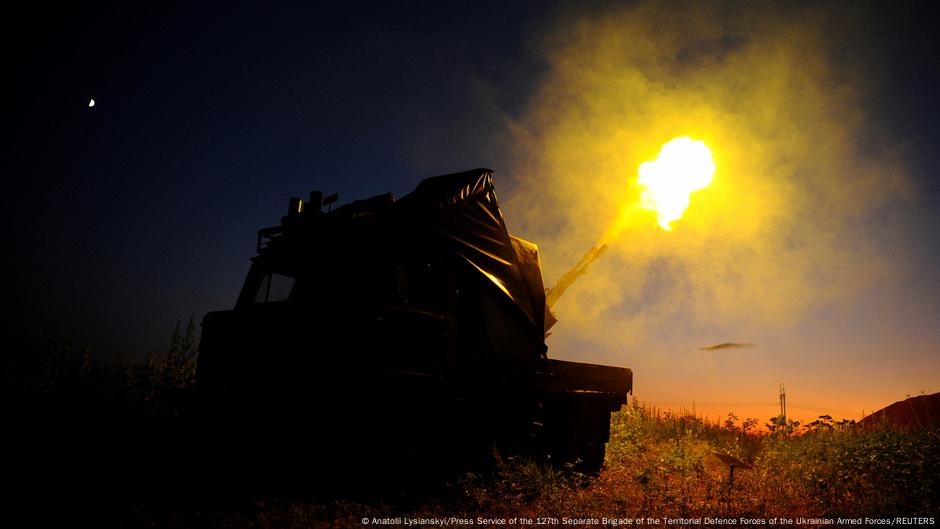
Choosing the right international school involves more than just evaluating the curriculum; it means finding a nurturing environment, a future-focused academic path, and a supportive community that will shape your child's character and intellect.
At The American School (TAS), a U.S.-accredited international school located in An Phu, Ho Chi Minh City, students are empowered with the confidence and skills to succeed globally, while enjoying a well-rounded school experience that balances learning and play.

|
|
Students on graduation day. Photo courtesy of TAS |
A strong academic foundation
One of the top priorities for parents selecting an international school is ensuring high-quality education and well-rounded development for their child. In the 2024–2025 academic year alone, TAS Grade 12 students secured over 30 scholarships worth more than US$2 million from prestigious universities, including UC Berkeley, UC Davis, the University of Toronto, Monash University, the University of Melbourne, RMIT, MICA, and Frankfurt School of Finance and Management.
These impressive achievements stem from TAS's personalized American-standard curriculum, long-term academic planning, experienced international faculty, and a dedicated college counseling program that begins as early as Grade 9.
Khoa Thi, mother of Grade 12 student Nguyen Thu Ky, shared: "When our daughter chose UC Berkeley in California, we knew the journey wouldn't be easy. But the teachers always supported her in reaching her dream."
Ky was not only accepted into UC Berkeley, one of the most prestigious and competitive public universities in the U.S., but also received three additional scholarships totaling over US$200,000 from other American institutions.

|
|
Students are encouraged to show follow their dreams and hobbies like painting, dancing or singing... Photo courtesy of TAS |
Multiple pathways to success
Harvard professor Howard Gardner demonstrated that intelligence is not limited to IQ or logical-mathematical abilities. Children can thrive in many areas - arts, sports, social interaction, spatial reasoning, and more. TAS embraces this belief by fostering a human-centered learning environment that empowers each student to unlock their full potential.
One example is Nick Q. Tran, also known as Tran Quang Duc, a 2015 TAS graduate and now one of Vietnam's top sports KOLs. "Sports have always been a part of my life, and it started at TAS," he said. "I trained on the school courts, was selected for the national basketball team, and today, football is my full-time career. TAS gave me the discipline and passion to pursue sports professionally, just like any core subject like math or science."
The American School's 25,000-square-meter campus in central District 2 includes 100 modern classrooms, a 35,000-book library, high-tech science labs, a professional auditorium, and a full-scale sports complex with two soccer fields, two basketball courts, two swimming pools, a gym, and a boxing studio. Programs in arts, STEAM, sports, and soft skills are thoughtfully designed to support students' cognitive, physical, emotional, and creative development.

|
|
Van Xuan Thien (L), CEO and educator of TAS, actively participates in student activities. Photo courtesy of TAS |
Leadership and collaboration
Under the leadership of new CEO Van Xuan Thien, TAS has undergone significant upgrades, from campus improvements and curriculum modernization to attracting world-class educators and academic experts. "Our vision is to make TAS one of the leading American-standard international schools in Vietnam, where students are inspired to learn, empowered to grow, and prepared to become global citizens," said Thien.
At The American School, education is a partnership between the school and families. Parents are viewed as essential contributors to each child's success. The school encourages open communication and trust within its diverse, multicultural community.
TAS not only offers a world-class education but also provides a financially competitive option. Tuition fees are roughly two-thirds that of other international schools in Ho Chi Minh City. The school is currently offering tuition discounts of up to VND100 million (US$3,832) for the first 25 new students enrolling for the 2025–2026 academic year.





